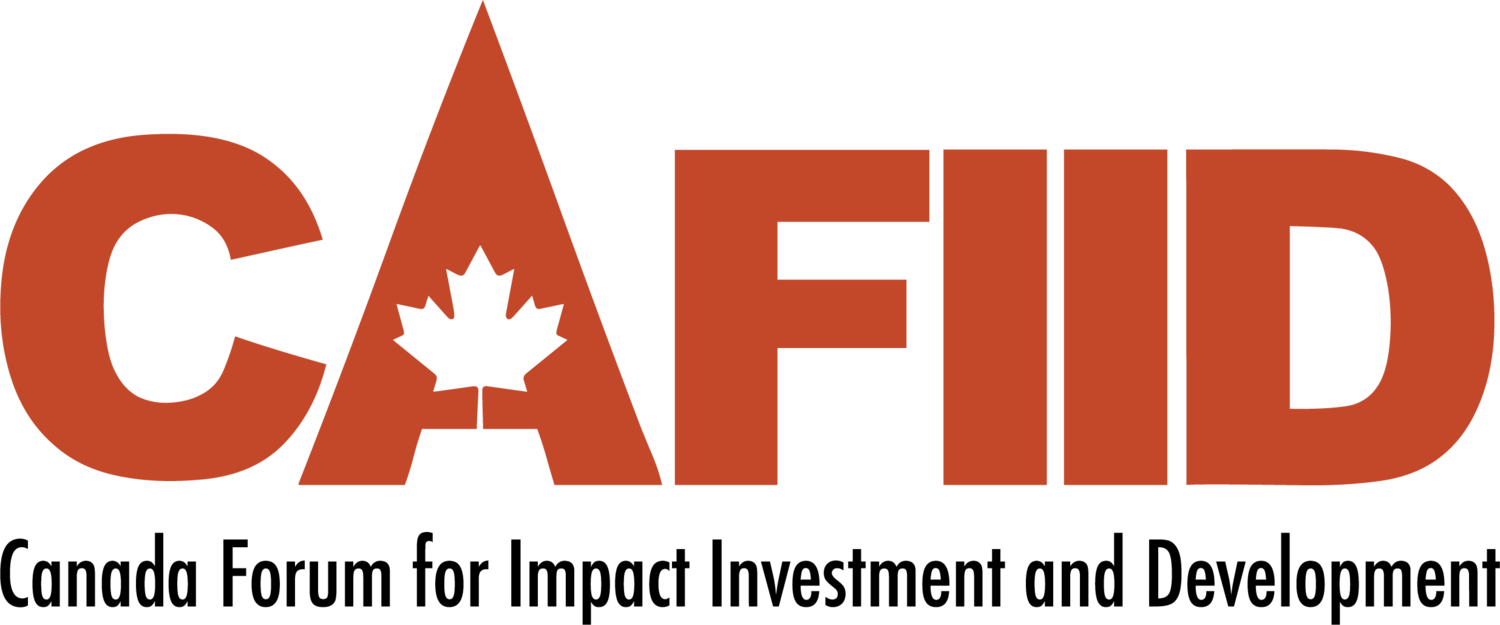An exploration of bilateral development finance institutions’ business models
Samantha Attridge & Christian Novak - December 2022
Development Finance Institutions (DFIs) have come under increasing pressure to materially scale their investment and mobilisation, increase their risk appetite to help ignite growth in the poorest countries, and remain profitable at the same time. Bold action by shareholders and their DFIs will be required to change DFI investment strategies, approaches and products. These changes will have implications for current DFI business models, which need to be better understood.
This working paper is a first attempt to help build a better understanding of the diverse range of business models of bilateral DFIs and explore what these models may mean for the ability of DFIs to increase their risk appetite, scale investment volumes and mobilisation levels. It provides a technical analysis of business models and concludes by considering what this technical analysis means for policy-makers and DFI shareholders.
The paper studies six bilateral DFIs and three ‘insight’ institutions:
BII – British International Investment
DEG – Deutsche Investitions- und Entwicklungsgesellschaft
DFC – the US International Development Finance Corporation
FMO – Nederlandse Financierings-Maatschappij voor Ontwikkelingslanden N.V.
Norfund
Proparco
BDMG – Banco de Desenvolvimento de Minas Gerais
PIDG – the Private Infrastructure Development Group (PIDG)
TDB – the Eastern and Southern Africa Trade and Development
